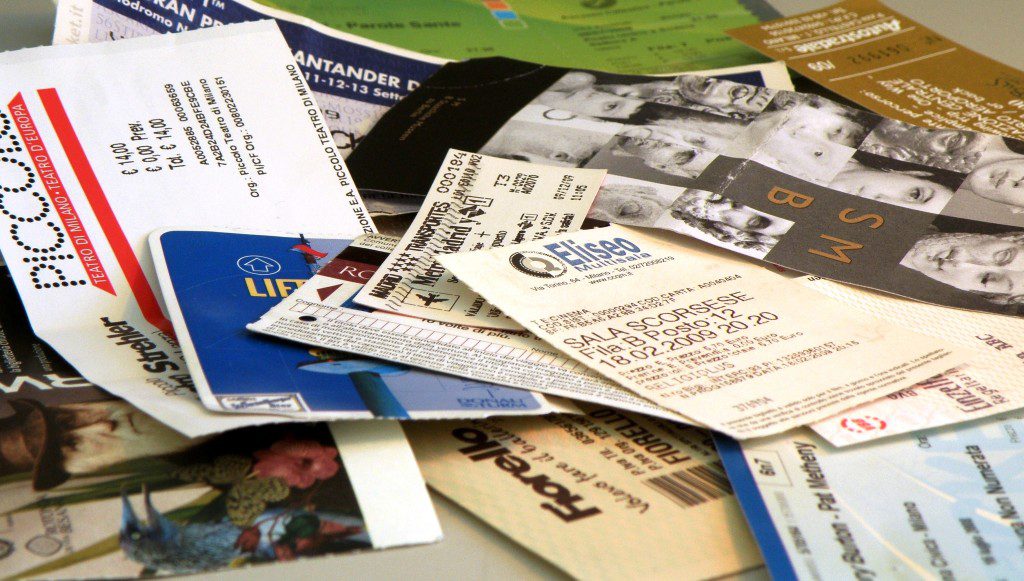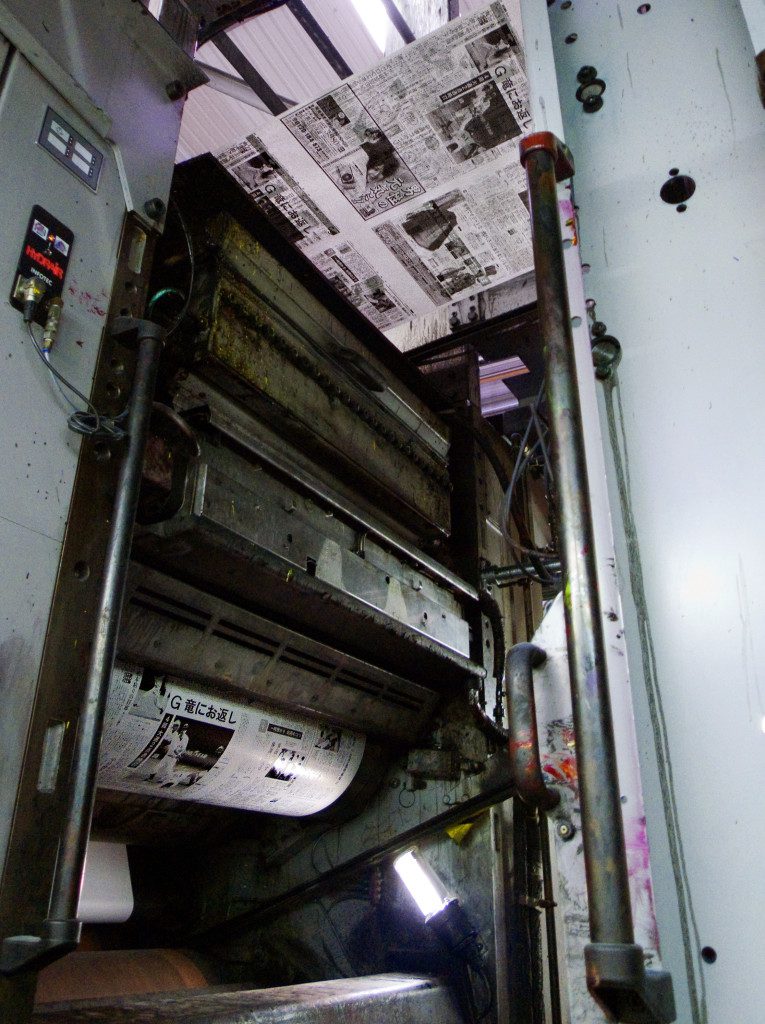Screen printing is a professional printing technique that is used to print onto a variety of surfaces and create a range of effects.
The process of screen printing first began thousands of years ago but it wasn’t truly industrialised and accepted until the late 18th century. At the time it was primitive compared to modern methods, yet it still created a high quality product.
Equipment used to produce high quality prints typically uses a fully automated system by positioning the surface which is to be printed upon, aligning the stencil, and applying the ink to the whole slate. The most effective setups of this nature are in situation that there are a number of linked systems set up in a similar way to speed up production, however this is typically limited to small number orders aimed at incredibly high quality.
Another method of screen printing is using a similar type of production, but instead of having a flat construction the device that applies the ink is in a cylindrical shape – this allows a single device to print onto a large number of surfaces as they are moved past each other at a high speed.
This type of printing is one of the most commonly used for producing high numbers of items such as posters, flyers, leaflets, banners etc. as the speed at which they are produced does not negatively impact the quality. In addition to this, the format that a stream of a printed surface is output from the equipment allows it to automatically feed into other automatic systems which can in turn fold, shape, and staple to create a variety of types – brochures, magazines, booklets, newspapers etc.
For more information about our graphic design and printing services please call us on: (01207) 438 292 or message us via our contact page on this website.






